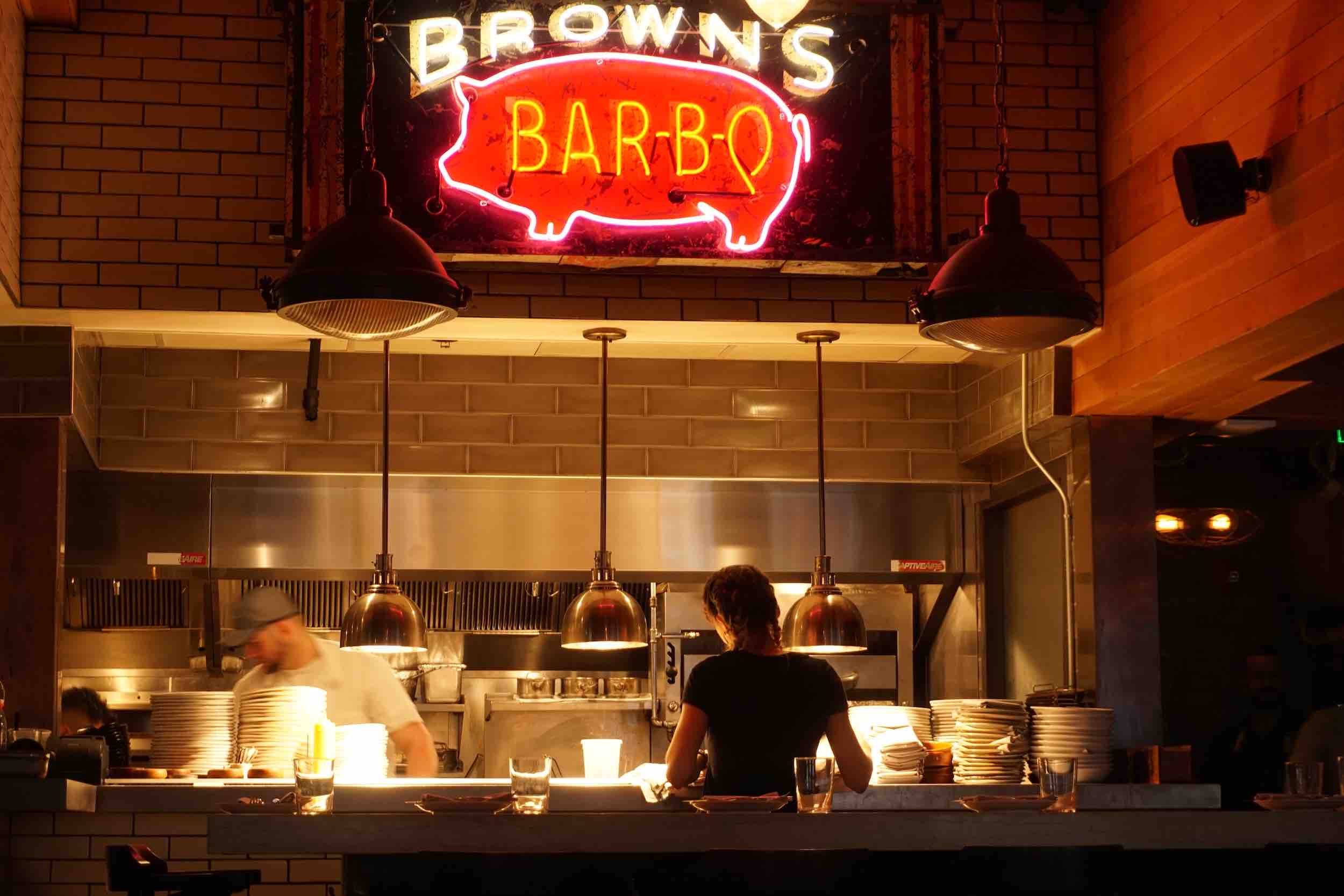As you already know, the Pandemic created a profound change in labor dynamics for restaurants. The lack of qualified available candidates for jobs pushed costs up and necessitated changes in menu offerings and business hours. But there’s something you may not have considered: labor is losing some of its power.
In March we reported that Headwinds still remain a concern, and labor is still one of the biggest. Despite good employment numbers, many operators report a lack of good job candidates. In the NRA’s survey, 62% said they were understaffed. Most operators say the quality and number of workers available have decreased.
Retention – Just Good Business
With a shortage of workers, employers in many industries had no choice but to increase wages and benefits.
Businesses discovered that many employees were more focused on lifestyle /work-life balance during and after the Pandemic than ever before. Smart owners discovered that offering flexibility and the potential for advancement was often more important than raising wages again and again.
Focusing on retention is a fundamentally winning strategy for the majority of businesses, irrespective of global pandemics.
Hiring and training new talent is much more expensive than retaining the staff you have. “…a study by The Center of Hospitality Research at Cornell University that found the average frontline employee costs almost $5,900 to turn over.” *
For many restaurants with moderately high turnover, that can quickly add up to over $100,000 each year. Each new employee takes time and resources to get integrated into the system and there is an additional cost for paying other staff and management to spend time getting them up to speed.
Restaurants that invest in creating an atmosphere for employees that allows them to enjoy the work and feel successful will reap rewards. Identifying and engaging with the talented staff means they will stay longer. It’s just good business.
Why It’s a Bit Different Now
The labor market is cooling down. Retention isn’t quite as important as it was.
The pandemic conditions put labor in short supply. Wages went up; businesses had less leverage. Low-wage growth increased more between 2019-2022 than at any time in recent history.
Recently, employment levels have rebounded and wage growth has moderated. Wage growth is the slowest it’s been since March 2020. **
Labor is losing some of its power.
Average hourly wages for nonsupervisory restaurant labor have increased significantly from $13.36 in April 2020 to $17.98 in September 2023. That’s a remarkable 35 and a half percent, but when you factor in inflation, the increase is just over 13%
Total employment in restaurants is only slightly behind pre-pandemic levels. The total number of restaurant workers ballooned dramatically from a low in December 2020. By August of this year, employment reached pre-pandemic levels of 12.3 million workers, indicating full employment for the sector.
Turnover steadied in the first half of this year, although the industry as a whole has always had a higher average turnover than other businesses.
Where That Leaves You
The structural dynamics of the labor market are becoming friendlier for businesses, or at least reverting to long-term trends.
Improving employees’ experience will still reap the greatest rewards for all involved.
Snooze CEO David Birzon offers good advice for monitoring the employee experience:
Operators can take the temperature of their staff the old-fashioned way, Birzon said, by working with them on the shop floor. Once a quarter, he works a full serving shift at one of his restaurants and asks questions like “What are the stupid things we’re making you do that you don’t like doing?” *


Recent Comments